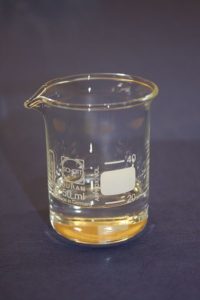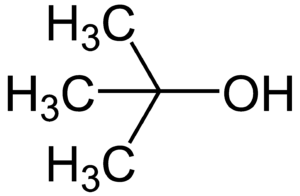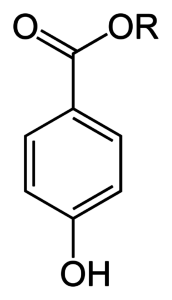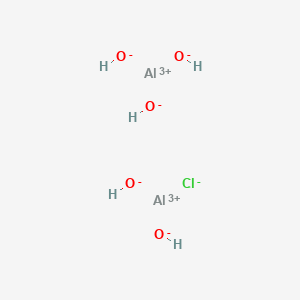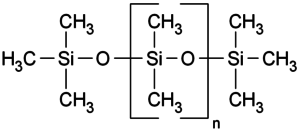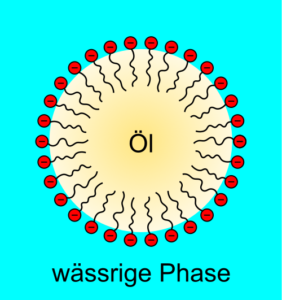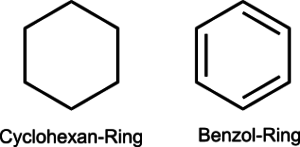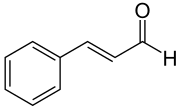Fragrances in cosmetics - how harmful are they?
What are fragrances?
Fragrances are those chemicals that have certain odors, and smell different in different compositions. They are all allergens and irritate the skin. As "perfume", "fragrance", "aroma" and "flavor" these substances are usually called, and we know up to 3000 individual substances, which fall under the category fragrances. They are used in perfumes, scented trees, scented candles and cosmetics. When they spring from nature they are called essential oils.
What are fragrances chemically accurate?

Menthol molecule Fig. 1
Fragrances, or fragrances, are molecules that stimulate different receptors in our nose and therefore smell very differently. They all have molar masses below 300 g / mol, and always consist of a polar, e.g. a hydroxy group, and a non-polar part, e.g. a hydrocarbon chain. Because they are nasally inhaled by us, they are easily volatile, i. E. They evaporate under normal circumstances in part [1]. When we inhale these substances, so-called transmembrane proteins provide, which are responsible for signal transmission under. The smell of a substance depends on which of these proteins stimulates it in combination with each other [2].
Why are they used in cosmetics?
Fragrances are included in many cosmetics to cover unpleasant odors, or to give a thready product a certain something. In natural cosmetics, they are occasionally included as incidental content or supplement of natural fats and oils. [3]

Vanilla planifolia, seasoning vanilla Fig. 2
What are their good, what are their bad qualities?
As the name suggests, fragrances have a certain scent, or a certain odor. For example, Benzaldehyde bitter almond, vanillin vanilla, lemon citrus and menthol mint / menthol. They usually have a good perceptible odor even at minimal concentrations [4]. Some of them occur naturally, as so-called essential oils, and some of them are synthetically produced [5]. They are all irritating and irritating, and can cause allergies with more pronounced symptoms of irritation, redness, irritation and itching. How strong these symptoms are or whether they occur at all depends on the concentration in the product, and the dispositions of the user. Some people are highly resistant to perfumes and have no symptoms. Some have minimal allergic reactions such as redness or itching. And others are very sensitive about fragrances, they react with severe irritation and irritation, as well as with red, sore spots [6]. Also, they can photosensitize the skin, i. The skin becomes more susceptible to light, which can cause pigmentation disorders [7].
How can you recognize fragrances in cosmetics?
Fragrances have as subcategory the allergens. These are 26 substances that have been subjected to extensive testing and have been confirmed to cause allergies, irritation and irritation. They must be noted from a content of 0.001% for leave-on products, and at 0.01% for rinse-off products. Below these limits no noticeable reaction can be assumed[8].
Are there alternatives ?
No, fragrances have no alternatives, whether in the normal or in natural cosmetics. No known substance replaces the function of these substances without causing many worse side effects. However, it should be said that many people tolerate fragrance as well as problem-free, and have never had any problems with it [9]. For people with allergies, it is important to look at the contents and selectively use products without the problematic allergens, or to leave products with fragrances altogether. It should be said that "perfume free" is not always perfume free. Thus, some fragrances that fulfill a further purpose besides the odor do not qualify as a perfume [10].[9]. Für Menschen mit Allergien heißt es auf die Inhalte schauen und selektiv Produkte ohne die problematischen Allergene nutzen, oder Produkte mit Duftstoffen gleich ganz weg lassen. Hierzu sei gesagt, dass „parfümfrei“ nicht immer Parfüm frei ist. So sind manche Duftstoffe, welche einen weiteren Zweck neben der Geruchsgebung erfüllen nicht als Parfüm einzustufen[10].
–
Sources to read:
BfR Statement on Fragrances in Cosmetics [8]
Stiftung Warentest Report on fragrance in cosmetics [9][10]
Focus Article on perfumes in cosmetics [6][9]
Scientific article on membrane proteins [2]
Wikipedia [1][3][4][5][7]

